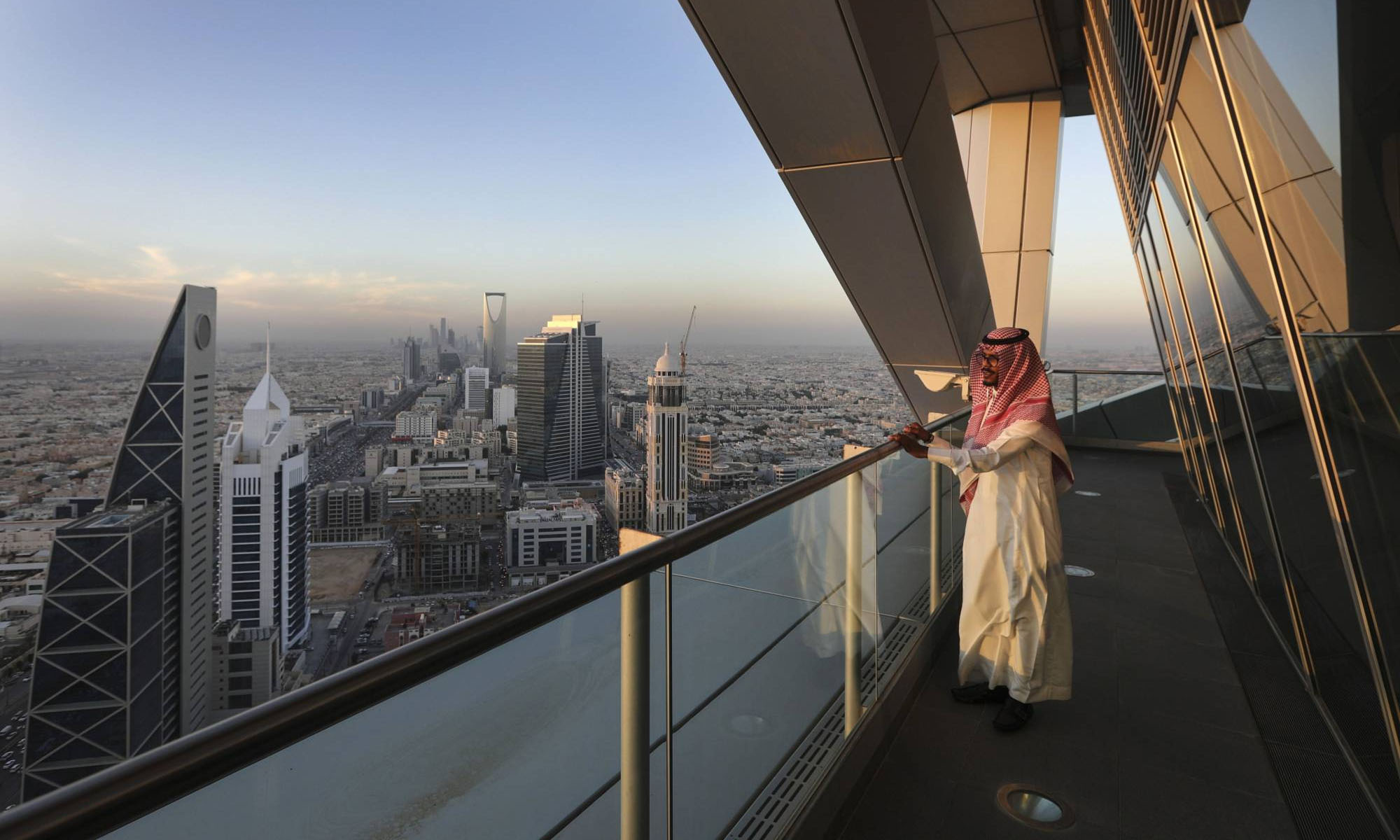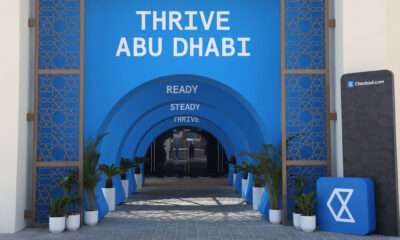News
Saudi Arabia Set To Invest $1 Trillion In The Real Estate Sector
Backed by a young population and expanding urbanization, the property sector has impressive future growth potential.

S&P Global Ratings, a major US credit rating agency, has forecast sustained market growth for the Kingdom of Saudi Arabia, as $1 trillion is set to be pumped into infrastructure and real estate projects over the coming decade.
As well as a young and growing population, expanding urbanization is a significant reason for S&P’s promising predictions, with at least eight new cities being planned along the Red Sea coast by 2030. During the Distinguished Cities Projects Exhibition in Riyadh, nine agreements worth $533 million were signed by the National Housing Company and other national strategic partners.
Saudi Arabia’s large-scale real estate programs will provide 1.3 million new homes overall, invigorating the business and financial sectors, and pumping money into both commercial and residential building via investments.
Saudi Arabia’s economy has also benefited from government initiatives to attract multinational companies, with tech startups, in particular, gravitating to the Kingdom and boosting the occupancy rates of commercial and office real estate across the region.
Also Read: Metaverse Will Bring $15B Annually To Gulf Economies By 2030
S&P also noted that many new programs had been initiated to scale up local housing and revitalize the financial sector, potentially benefiting commercial real estate across the country. As the tourism sector continues to grow rapidly, even more real estate investment opportunities will present themselves as companies and private individuals seek to relocate to Saudi Arabia.
As well as experiencing a dramatic flourishing of the commercial and residential real estate sectors, Saudi Arabia’s 2030 vision is also bringing a boost to energy, healthcare and the wider digital economy.
News
Influencer Growth Fuels Saudi Creator Economy Surge
The Kingdom’s creator economy grew over 32% in Q1 2025, fueled by TikTok, UGC, and cost-per-action (CPA) influencer models.

Saudi Arabia’s creator economy saw a significant 32.37% growth in the first quarter of 2025, driven by an uptick in influencer marketing, content-driven e-commerce, and the increasing influence of user-generated content (UGC). These insights come from a recent study by Admitad and the Stllr Network.
Much of this momentum is coming from video-based platforms, where brands are leaning on creators who feel more relatable than polished ad campaigns. The trend shows a clear preference for authenticity, as audiences gravitate toward content that feels real and personal.
Mohannad Alzahrani, Co-founder and VP KSA of Stllr Network, highlighted the shift: “The rise of user-generated content (UGC) is changing the way brands engage with consumers. Audiences trust real creators more than traditional advertising, making UGC a key driver of authenticity and sales”.
TikTok remains the dominant platform in this space, reportedly reaching 88% of the Saudi population. It also showed the sharpest rise in influencer-led transactions. Other platforms followed with solid, if less dramatic, growth: X was up 17%, Instagram increased by 12%, and Telegram by 10%.
In terms of content niches, beauty led the pack with a 56% growth rate, followed by lifestyle at 45.8% and fashion at 18.2%. Tech content also showed healthy traction at 10.6%, while entertainment, food, fitness, parenting, and gaming posted smaller — but still positive — gains.
Also Read: Top E-Commerce Websites In The Middle East In 2025
The report analyzed more than 300,000 influencer-driven purchases. These efforts translated into a 15% year-on-year jump in Gross Merchandise Value (GMV) and a 5% increase in the number of orders in 2024. Influencers themselves are seeing the benefit, with average order values hitting $54 and creator earnings rising by 14%.
A noticeable trend is the move away from fixed-rate deals. More influencers in Saudi Arabia are embracing hybrid compensation models — especially cost-per-action (CPA) setups that tie their earnings directly to performance.
As Anna Gidirim, CEO of Admitad, explains, “The CPA model brings much-needed transparency to influencer marketing. Brands only pay for actual results, and influencers benefit by securing long-term partnerships while offering their audiences exclusive promo codes and special discounts”.
However, the ecosystem still shows a gender imbalance. The data indicates that 63% of creators in Saudi Arabia are men, while women account for just 37%.























